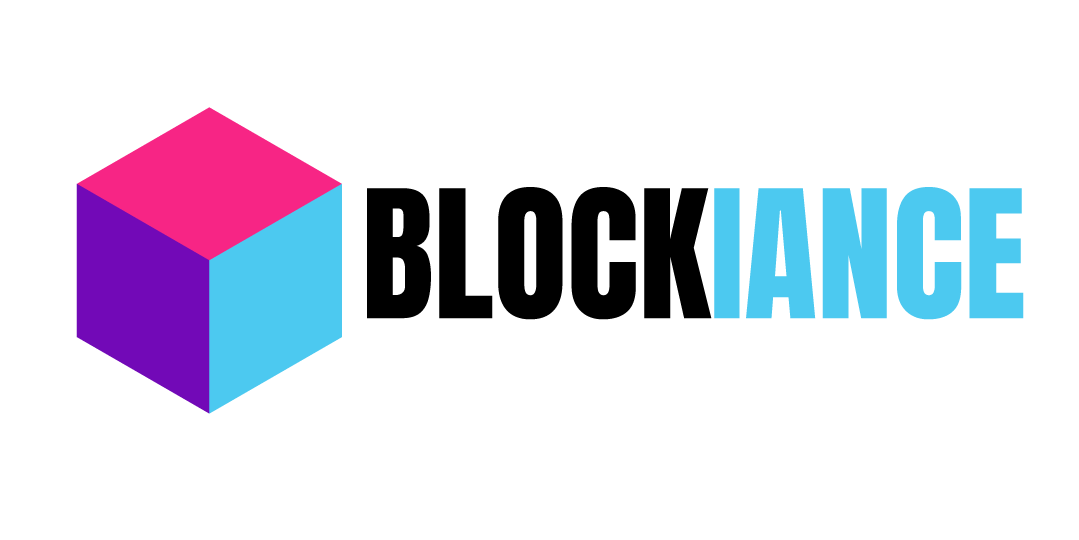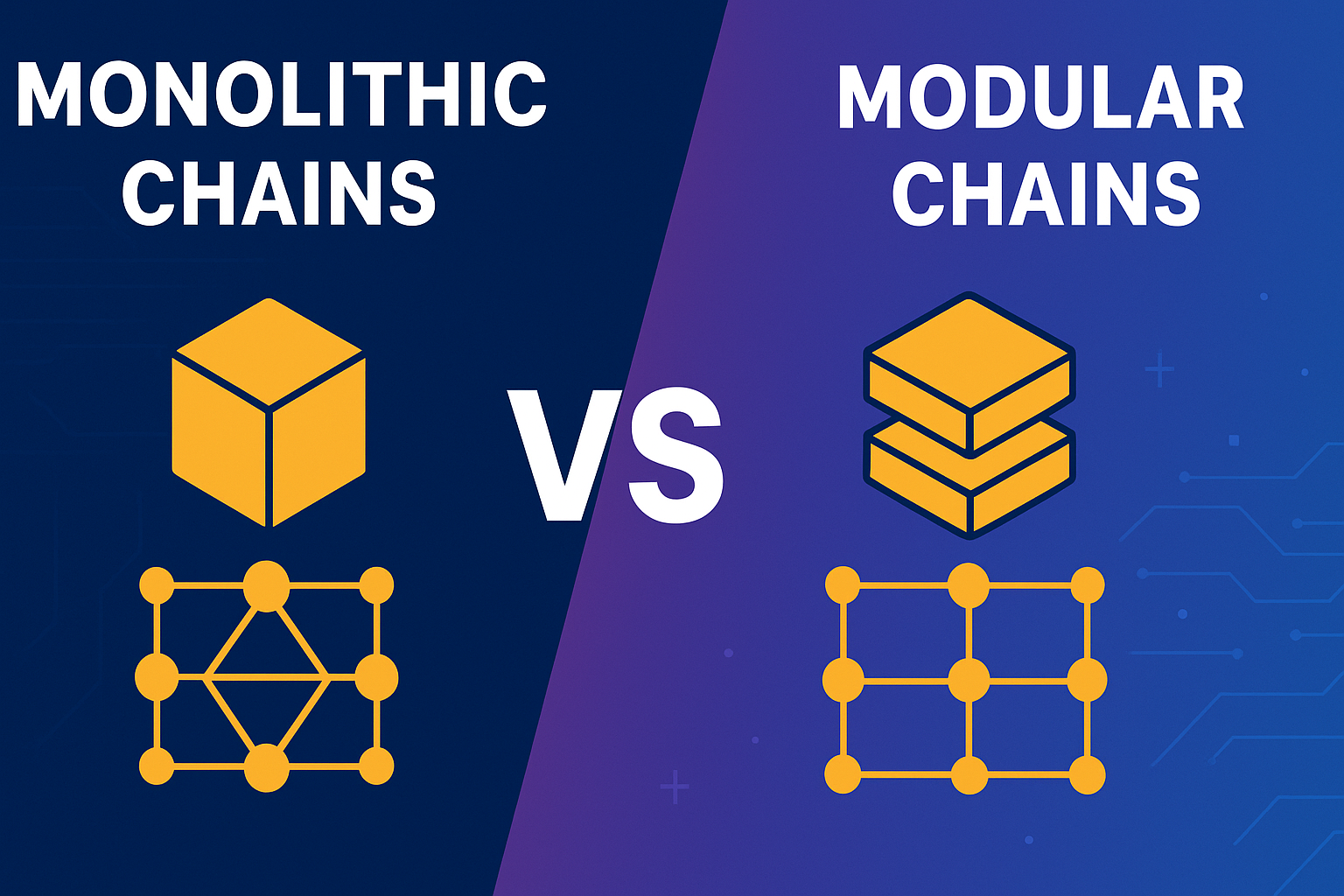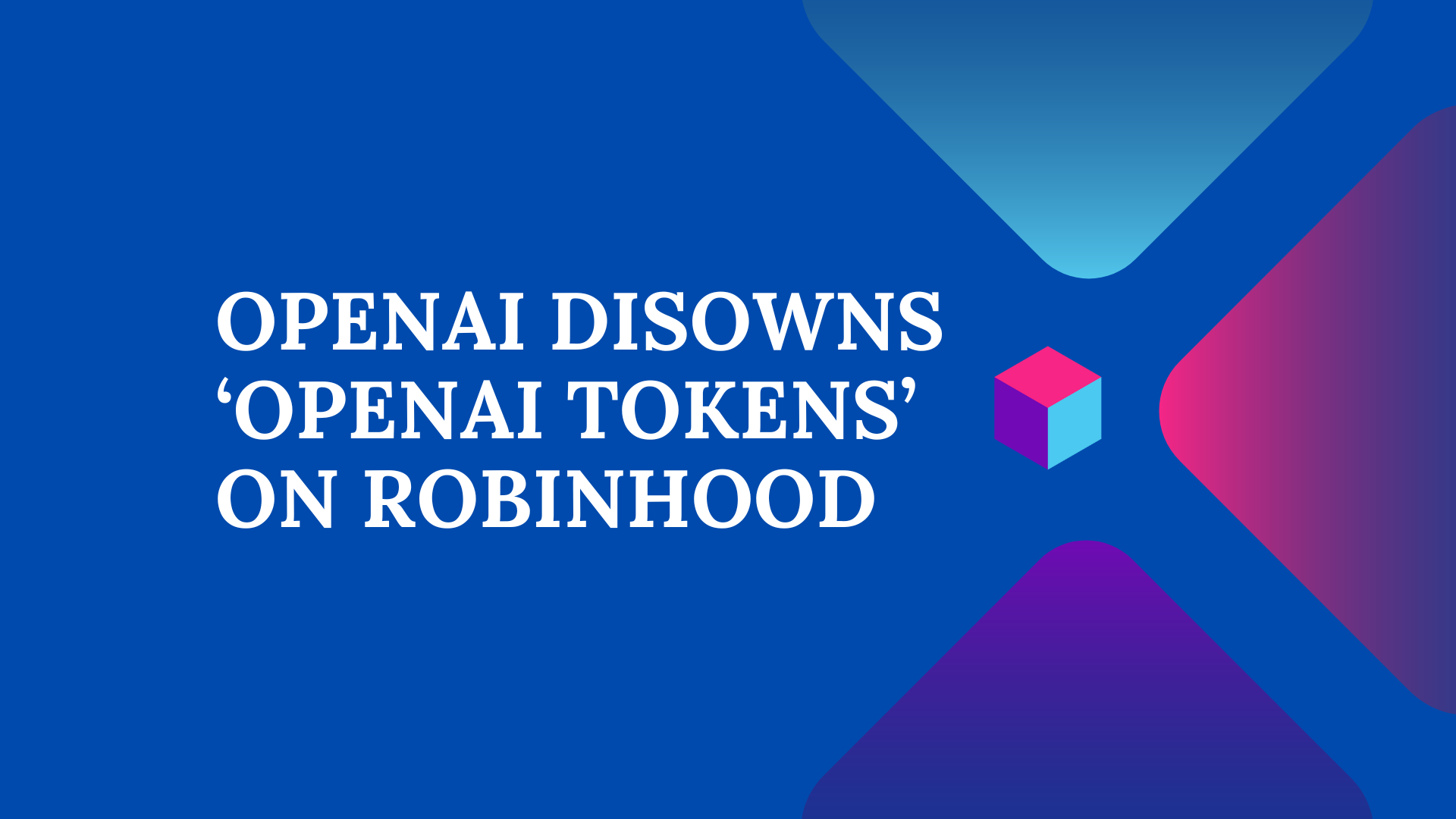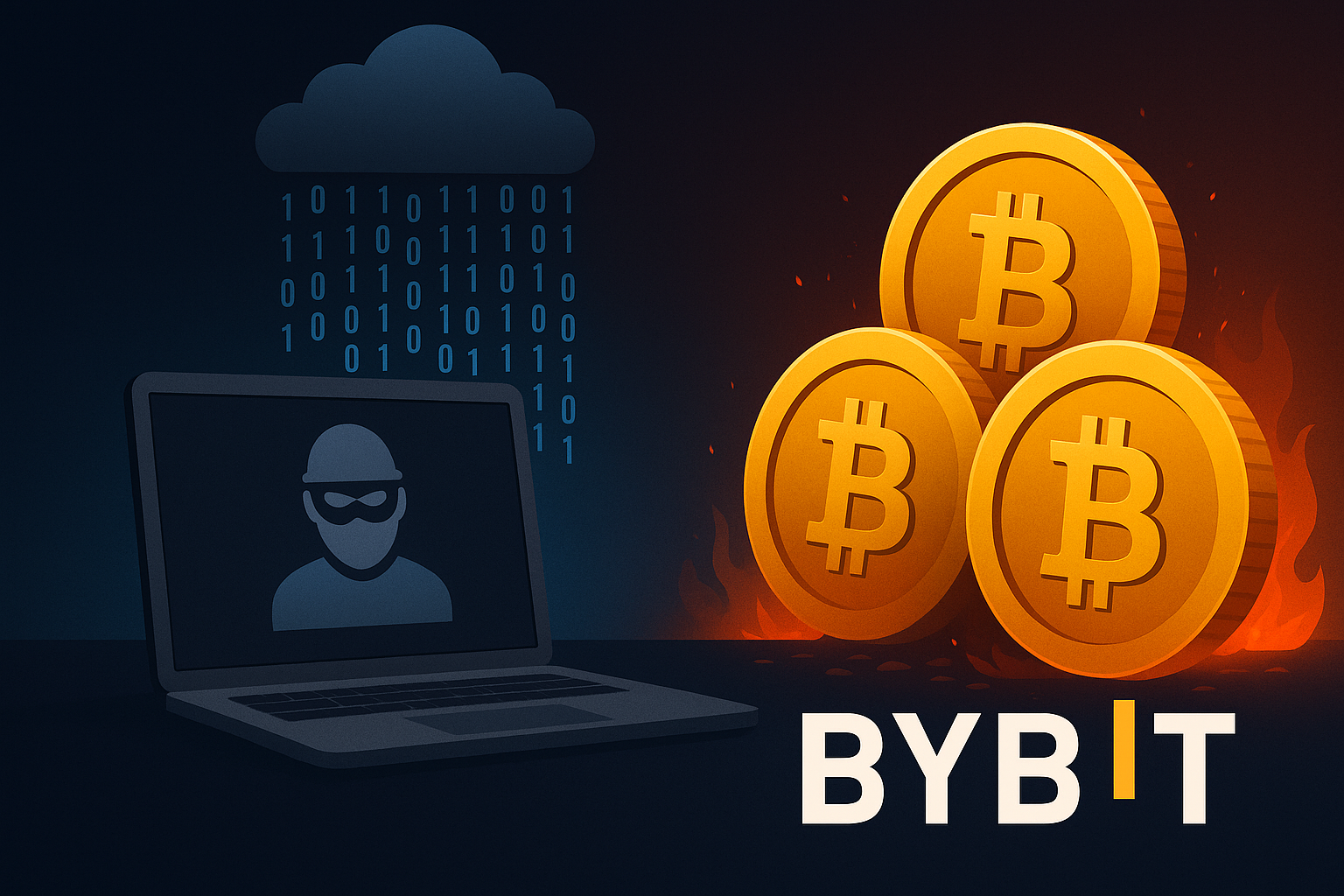Monolithic Chains in Blockchain: A Complete Guide
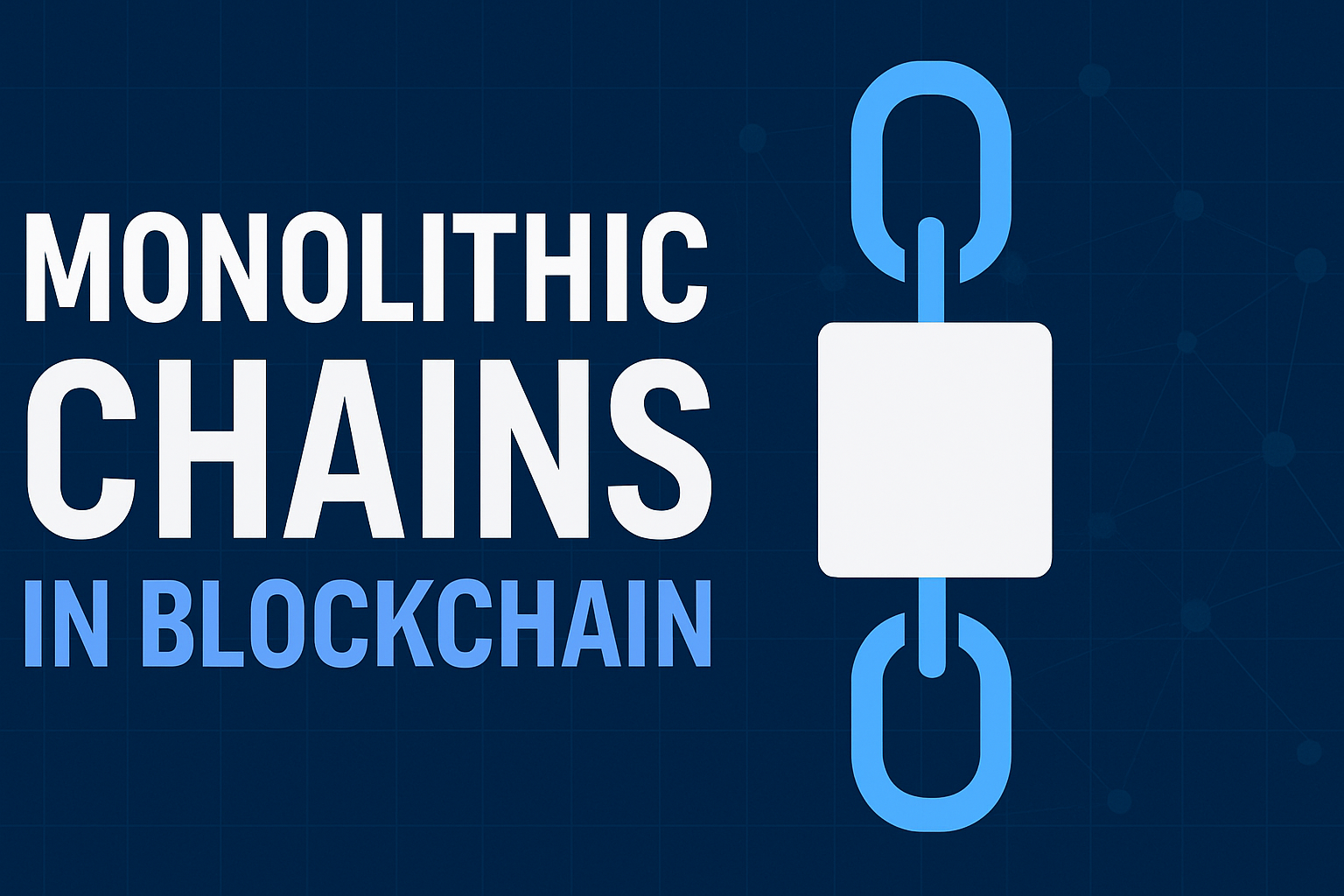
Blockchain has evolved significantly since the launch of Bitcoin in 2009. What started as a decentralized digital currency experiment has now turned into an industry that powers financial systems, gaming, supply chains, digital identity, and more. As blockchain adoption grows, one of the biggest challenges developers and researchers face is how to design networks that balance scalability, decentralization, and security.
Two dominant approaches to blockchain architecture have emerged. The first is the monolithic chain approach where a single blockchain performs all the essential functions required for operation. The second is the modular chain approach where different layers specialize in tasks such as execution, data availability, and consensus.
This article focuses entirely on monolithic chains. We will explore what they are, how they work, their advantages, disadvantages, real-world examples, comparisons with modular blockchains, future potential, and commonly asked questions. By the end, you will have a clear understanding of why monolithic blockchains remain an important pillar of the ecosystem despite the rise of modular architectures.
Contents
- 1 What is a Monolithic Chain?
- 2 Historical Context of Monolithic Chains
- 3 How Monolithic Chains Work
- 4 Characteristics of Monolithic Chains
- 5 Advantages of Monolithic Chains
- 6 Limitations of Monolithic Chain
- 7 Monolithic Chains vs Modular Chains
- 8 Case Studies of Monolithic Chains
- 9 The Role of Monolithic Chains Today
- 10 The Future of Monolithic Chains
- 11 Frequently Asked Questions (FAQs)
- 12 Conclusion
What is a Monolithic Chain?
A monolithic chain is a blockchain that integrates all core functionalities into a single layer. In simpler terms, it handles everything internally without relying heavily on separate or external systems. The three main responsibilities that a monolithic blockchain performs are:
- Execution – Running transactions, processing transfers, and executing smart contracts.
- Consensus – Enabling participants in the network to agree on the state of the blockchain.
- Data availability – Ensuring that the data associated with transactions is available and accessible to all nodes for verification.
In a monolithic system, these responsibilities are tightly coupled. This makes the design straightforward to understand but also creates challenges when the network grows larger and transaction demand increases.
Key Examples of Monolithic Chains
- Bitcoin – The original blockchain, designed primarily for peer-to-peer money transfers.
- Ethereum 1.0 – Before the introduction of rollups and the shift toward modularity, Ethereum functioned as a monolithic chain.
- Solana – A modern high-performance chain that integrates all functions into one architecture, emphasizing speed and efficiency.
Historical Context of Monolithic Chains
When Satoshi Nakamoto introduced Bitcoin in 2009, the concept of blockchain was inherently monolithic. At that time, modular designs had not yet been conceptualized. The goal was simple: create a system where people could exchange value without trusting intermediaries. For this, Bitcoin combined execution (transfers of BTC), consensus (Proof of Work mining), and data availability (full transaction history stored on-chain) in one unified ledger.
Ethereum later expanded the idea by introducing smart contracts, but it also followed the monolithic structure. The result was a powerful and versatile blockchain that could host decentralized applications. However, as usage grew, limitations like high fees and slow transaction speeds became visible.
This eventually gave birth to the concept of modular chains, but monolithic chains continue to exist and evolve. Their historical significance lies in providing the foundation on which all blockchain research and innovation stands today.
How Monolithic Chains Work
Monolithic blockchains handle all tasks directly on the base chain. To understand this better, let us break down the three essential functions.
1. Execution Layer
Execution refers to the process of running transactions or smart contracts. In a monolithic chain, this occurs on the main chain itself. When a user sends funds or interacts with a decentralized application, the entire network processes and verifies that transaction.
While this ensures strong consistency, it also introduces congestion. If too many people use the chain simultaneously, the system slows down because every node must process every transaction.
2. Consensus Layer
Consensus is how nodes agree on the correct version of the blockchain. Different monolithic chains use different methods. Bitcoin uses Proof of Work, which requires miners to solve cryptographic puzzles. Ethereum now uses Proof of Stake after its upgrade, but earlier versions of Ethereum used Proof of Work as well. Solana employs Proof of History combined with Proof of Stake to optimize throughput.
The key point is that consensus is not separated into another layer. It is part of the single monolithic chain’s responsibility.
3. Data Availability
Every blockchain needs to make sure transaction data is visible and accessible to participants. Monolithic chains achieve this by storing all transaction data on-chain. For example, in Bitcoin, anyone can download the full ledger and verify every transaction since 2009.
This provides transparency but comes at a cost. As the chain grows, storage requirements increase significantly. This makes it harder for individuals with limited resources to run full nodes, which can lead to centralization risks.
Characteristics of Monolithic Chains
Monolithic chains have a unique set of characteristics that distinguish them from modular designs.
| Feature | Monolithic Chains | Modular Chains |
|---|---|---|
| Architecture | All-in-one (execution, consensus, data availability) | Split across multiple layers or modules |
| Examples | Bitcoin, Ethereum 1.0, Solana | Ethereum with rollups, Celestia, Cosmos |
| Scalability | Limited, bottlenecks during high demand | High scalability through off-chain execution |
| Complexity | Simpler to design and deploy | More complex with layered design |
| Security | Strong, as all validation happens on-chain | Shared across different layers and dependencies |
| Flexibility | Lower, difficult to customize | Higher, developers can choose specific modules |
| Composability | Direct interaction among applications | Requires cross-layer or cross-chain bridges |
Advantages of Monolithic Chains
Simplicity and Reliability
Monolithic chains are easier to understand and maintain because everything is contained within one system. Developers do not have to manage complex interactions between multiple layers. This simplicity also makes auditing and monitoring easier.
Strong Security Guarantees
Since all functions happen on the same chain, security assumptions are easier to reason about. The chain’s security is not dependent on external modules. This is one reason Bitcoin has remained secure for more than a decade without major compromises.
Network Effects
Popular monolithic chains like Bitcoin and Solana enjoy strong network effects. Users and developers are drawn to platforms where the majority of activity already happens. This creates a reinforcing loop where adoption leads to more security, more liquidity, and more applications.
Seamless Composability
In monolithic chains, decentralized applications and smart contracts can interact directly with each other on the same chain. This reduces friction and avoids the risks that often app ear in cross-chain or cross-layer communication.
Limitations of Monolithic Chain
Scalability Bottlenecks
Because every transaction is processed by all nodes, monolithic chains face throughput limitations. This is part of the famous blockchain trilemma which states that blockchains cannot simultaneously achieve maximum decentralization, security, and scalability.
High Transaction Costs
When demand rises, limited throughput leads to congestion. Users compete to have their transactions processed, resulting in high fees. This was visible during peak times on Ethereum before rollups gained traction.
Resource Requirements
Running a full node on a monolithic chain requires significant storage, processing power, and bandwidth. Over time, as the blockchain grows, this requirement increases. This can exclude smaller participants and create a risk where only large organizations can maintain full nodes.
Slower Innovation
Since monolithic chains bundle all functions together, it is difficult to upgrade one aspect without affecting others. This slows down experimentation and adoption of new features compared to modular ecosystems.
Monolithic Chains vs Modular Chains
The debate between monolithic and modular blockchains is ongoing. Each approach has strengths and weaknesses depending on the use case.
| Aspect | Monolithic Chains | Modular Chains |
|---|---|---|
| Transaction Speed | Slower, limited by block size | Faster, can offload execution |
| Decentralization | Strong but resource heavy | Spread across layers, may vary |
| Flexibility | Rigid, difficult to upgrade | Flexible, allows customization |
| Composability | Seamless on-chain | Requires bridging or interoperability |
| Innovation Pace | Conservative, slower | Faster experimentation |
| Use Cases | Settlement, value transfer, base layers | DeFi, gaming, large-scale applications |
Case Studies of Monolithic Chains
Bitcoin
Bitcoin is the purest example of a monolithic chain. Its primary focus is peer-to-peer money transfer. All functions, from consensus to execution, happen on the base layer. While Bitcoin has scaling solutions like the Lightning Network, the base chain itself remains monolithic. Its strength lies in unmatched security and decentralization, but it sacrifices flexibility and transaction throughput.
Ethereum 1.0
Before Ethereum began transitioning toward rollups, it operated as a monolithic chain. Execution of smart contracts, consensus, and data storage all happened within Ethereum’s mainnet. This created the foundation for decentralized finance but also led to network congestion and high fees.
Solana
Solana is a modern monolithic blockchain designed for high performance. By using Proof of History and advanced optimization, it can process thousands of transactions per second. However, its hardware requirements are high, and some critics argue this reduces decentralization.
The Role of Monolithic Chains Today
Even though modular chains are gaining attention, monolithic chains remain highly relevant. They serve as:
- Settlement Layers: Bitcoin acts as a global settlement system for secure transactions.
- High-Performance Platforms: Solana demonstrates how monolithic design can achieve high throughput.
- Anchors of Trust: Their simplicity and security make them reliable references for modular ecosystems.
The Future of Monolithic Chains
Scaling Innovations
Monolithic chains may adopt advanced scaling methods such as sharding, parallel execution, or advanced consensus optimizations. These could extend their life while maintaining simplicity.
Hybrid Approaches
Some blockchains may combine monolithic and modular aspects. For example, a chain could remain monolithic at its core but integrate modular sidechains for scalability.
Long-Term Relevance
Bitcoin will likely remain monolithic forever because its philosophy is security and simplicity above all else. Other chains may gradually blend modular approaches, but monolithic chains will always play a critical role as base layers in the ecosystem.
Frequently Asked Questions (FAQs)
What is the difference between monolithic and modular blockchains?
Monolithic blockchains perform execution, consensus, and data availability within one chain. Modular blockchains separate these functions into specialized layers for better scalability and flexibility.
Why are monolithic chains considered more secure?
They are easier to audit and reason about since all activity happens on one chain. Security does not depend on cross-layer communication or external modules.
Are monolithic chains scalable?
They face inherent scalability challenges because every node must process every transaction. Some innovations like sharding or optimization techniques aim to improve this, but scalability remains a weakness compared to modular designs.
Is Bitcoin a monolithic chain?
Yes. Bitcoin is the most prominent monolithic chain. It prioritizes decentralization and security while sacrificing speed and flexibility.
Is Solana modular or monolithic?
Solana is a monolithic chain. It achieves high throughput by optimizing its single-layer design.
Will monolithic chains disappear in the future?
No. They will coexist with modular chains. Monolithic chains will continue to serve as secure and reliable settlement layers while modular systems drive scalability and application growth.
Conclusion
Monolithic chains are the original design of blockchains and remain vital to the industry today. They integrate execution, consensus, and data availability into a single unified layer. This simplicity provides security, transparency, and reliability. However, they face challenges with scalability, cost, and flexibility.
Despite the rise of modular architectures, monolithic blockchains like Bitcoin and Solana prove that this design still has significant value. The future of blockchain will likely be a coexistence of both models. Monolithic chains will serve as strong settlement layers and anchors of trust, while modular chains will power large-scale applications with greater efficiency.
Monolithic chains are not outdated. They are the foundation of blockchain technology and will continue to play a defining role in shaping decentralized systems for years to come.

Charlotte H is a senior journalist at Blockiance, specializing in the socioeconomic impacts of blockchain technology. With a degree in journalism, she has built a reputation for her in-depth analyses of decentralized systems and their influence on global markets. Charlotte’s meticulous research and eloquent writing have earned her recognition as a thought leader in the Web3 space.
